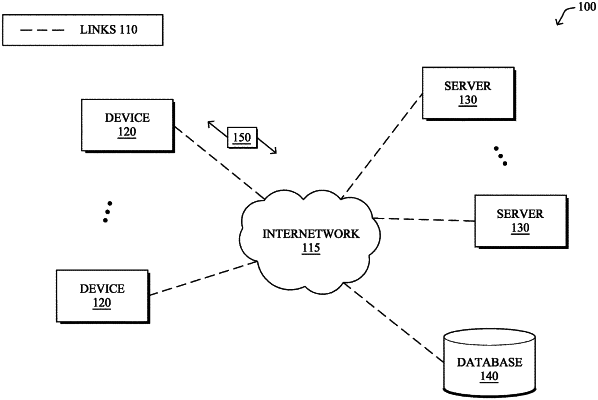| CPC H04L 63/0272 (2013.01) [H04L 12/4641 (2013.01); H04L 63/029 (2013.01); H04L 63/0428 (2013.01)] | 20 Claims |

|
1. A method, comprising:
authenticating, by a process, a user at a client device, the authenticating verifying that the user is both present at the client device and authorized to access one or more secured resources;
establishing, by the process in response to authenticating the user, a secure communication session for the client device to access the one or more secured resources;
confirming, by the process, at a later time during the secure communication session, whether the user is still authenticated at the client device;
maintaining, by the process, the access to the one or more secured resources on the secure communication session at the later time in response to the user still being authenticated at the client device at the later time;
restricting, by the process, the access to the one or more secured resources on the secure communication session at the later time in response to the user no longer being authenticated at the client device at the later time;
detecting, by the process, an additional person at the client device during the secure communication session;
determining, by the process, whether the additional person is authorized to access the one or more secured resources;
maintaining, by the process, the access to the one or more secured resources on the secure communication session in response to the additional person being authorized to access the one or more secured resources; and
restricting, by the process, the access to the one or more secured resources on the secure communication session in response to the additional person not being authorized to access the one or more secured resources.
|